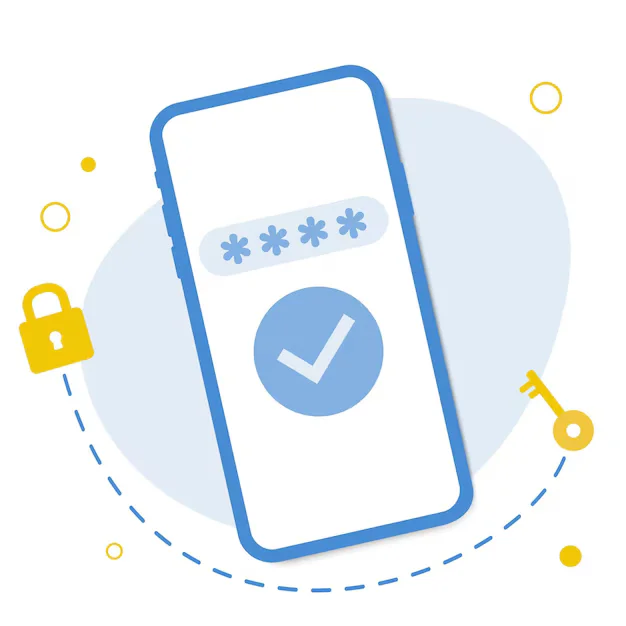PHP is one of the most widely used server-side programming languages on the web, powering millions of websites and applications. However, its popularity also makes it a frequent target for hackers and malicious actors. From insecure user input handling to outdated software versions, PHP applications can be vulnerable to a variety of attacks if not properly secured.
Understanding common PHP vulnerabilities and how to avoid them is essential for every developer. Proper security practices not only protect user data but also help maintain the integrity, reliability, and reputation of your website or application.
1. SQL Injection
What it is:
SQL injection occurs when an attacker manipulates SQL queries by injecting malicious input, allowing them to access or destroy your database.
Why it’s dangerous:
Attackers can steal, modify, or delete sensitive information like passwords, customer data, or entire database tables.
How to avoid it:
Always use prepared statements or parameterized queries. Never directly insert user input into SQL statements.
2. Cross-Site Scripting (XSS)
What it is:
XSS allows attackers to inject malicious scripts into your web pages, which are then executed in other users’ browsers.
Why it’s dangerous:
XSS can be used to steal session cookies, redirect users, or inject harmful code into your site.
How to avoid it:
Escape all user-generated output, especially in HTML, JavaScript, and URLs. Use built-in PHP functions or templating engines with auto-escaping.
3. Cross-Site Request Forgery (CSRF)
What it is:
CSRF tricks a logged-in user into unknowingly performing actions like changing their password or making a purchase.
Why it’s dangerous:
Attackers can perform unauthorized actions on behalf of users, potentially leading to account theft or financial loss.
How to avoid it:
Use CSRF tokens in all forms and verify them on the server side to ensure the request is legitimate.
4. Insecure Password Storage
What it is:
Storing passwords in plain text or with weak hashing makes them easy to steal and crack.
Why it’s dangerous:
If your database is compromised, attackers gain immediate access to user accounts.
How to avoid it:
Always hash passwords using strong algorithms like Bcrypt or Argon2. Never store raw passwords or use outdated hashing methods like MD5.
5. Remote Code Execution (RCE)
What it is:
RCE vulnerabilities allow attackers to execute arbitrary code on your server, often due to improperly handled file uploads or insecure eval() usage.
Why it’s dangerous:
Attackers can take full control of your server, install malware, or access sensitive data.
How to avoid it:
Never use eval() on user input. Validate and sanitize file uploads, and limit executable permissions.
6. File Inclusion Vulnerabilities
What it is:
PHP applications that dynamically include files based on user input are vulnerable to Local File Inclusion (LFI) or Remote File Inclusion (RFI) attacks.
Why it’s dangerous:
Attackers can access sensitive files or execute malicious scripts from external sources.
How to avoid it:
Whitelist file paths, avoid using raw user input in file paths, and disable remote file access where not needed.
7. Information Disclosure
What it is:
Leaking sensitive data such as database errors, stack traces, or server paths can give attackers useful insights.
Why it’s dangerous:
Detailed error messages can help attackers plan more effective attacks.
How to avoid it:
Disable error reporting in production environments and log errors securely instead. Never expose database credentials or internal logic in public views.
8. Session Hijacking
What it is:
Session hijacking involves stealing a user’s session ID to impersonate them and gain unauthorized access.
Why it’s dangerous:
It allows attackers to bypass authentication and act as legitimate users.
How to avoid it:
Use secure session cookies, regenerate session IDs after login, and use HTTPS to encrypt data in transit.
9. Using Outdated PHP Versions
What it is:
Older PHP versions often contain unpatched security flaws.
Why it’s dangerous:
Running outdated software increases the risk of exploits and compatibility issues.
How to avoid it:
Always update PHP and your frameworks to the latest stable versions. Apply security patches regularly and monitor for vulnerabilities.
General Best Practices for Securing PHP Applications
-
Sanitize and validate all user inputs
-
Use HTTPS to encrypt data transfer
-
Restrict file and directory permissions
-
Limit PHP functions and modules to what’s necessary
-
Enable security headers like Content-Security-Policy and X-Frame-Options
-
Log activity and errors to monitor suspicious behavior
Security is not a one-time setup — it’s a continuous process that evolves with your application.
Conclusion: Build Secure PHP Applications
Understanding and avoiding common PHP vulnerabilities is critical for building safe, trustworthy web applications. From SQL injection to insecure file handling, many threats can be neutralized simply by adopting secure coding practices and maintaining awareness of risks.
By proactively protecting your PHP codebase, you safeguard your users, your data, and your business reputation — all while creating a stable foundation for future development.







